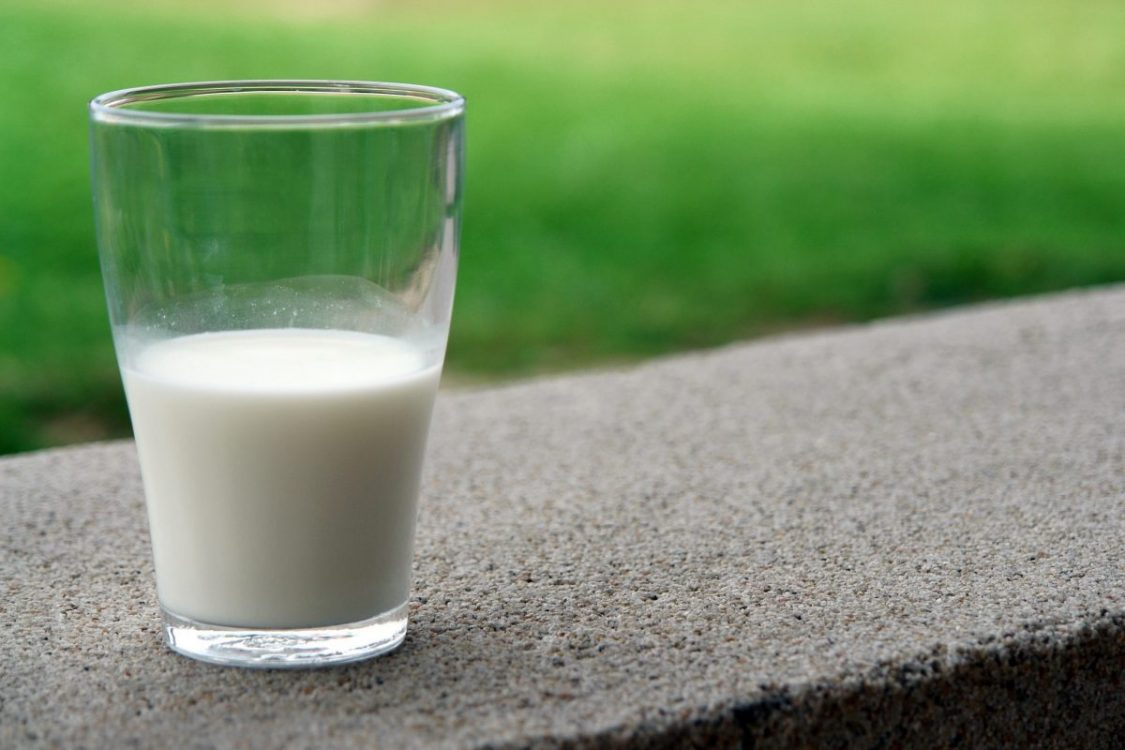Study finds cow’s milk can help prevent stunting

Dairy products can help reduce stunting, a form of chronic undernutrition that affects over 150 million children worldwide.
Research conducted in 91 countries by the International Food Policy Institute (IFPRI) shows that a 10 per cent increase in per capital milk consumption predicts a 0.7 per cent point reduction in stunting prevalence.
“The relationship between milk consumption and stunting reduction is really a strong one. It suggests a ramping up of investments in dairy for us to seriously reduce stunting,” observed Derek Headey, senior research fellow with IFPRI.
The finding published in journal Food Policy, provides compelling evidence that, within agriculture, the dairy sector has tremendous potential to improve nutrition in early childhood.
Dairy’s nutritional properties have long been understood, including its high-quality proteins and wide range of micronutrients crucial for both physical and cognitive development.
Researchers note that no previous study has demonstrated, at the global level, the potential for growth in dairy consumption to reduce national stunting rates.
“The dairy sector actually produces a lot of high-quality protein relative, to its greenhouse gas emissions,” noted Beliyou Haile, former IFPRI fellow adding that while there is a climate cost, there is also a large nutritional benefit to dairy production.
Researchers note emissions from dairy are much lower than beef, despite the two sectors being lumped together in climate change discussions.
Moreover, efficiency improvements in dairy production could simultaneously reduce emissions and make dairy products more affordable for the poor.
Cow’s milk is a complement to breastmilk, not a substitute, and they argue that nutrition education campaigns should promote exclusive breastfeeding in the first five months after birth, and then an appropriate mix of breastfeeding and complementary feeding from six months onwards.
Lactose intolerance is another barrier they discuss, though it primarily only affects adult populations in countries with no history of dairy consumption, rather than young children.
The study findings provide compelling arguments for policymakers, public health officials, and nutrition experts to prioritise dairy development strategies that rely on the right mix of local dairy sector interventions.












